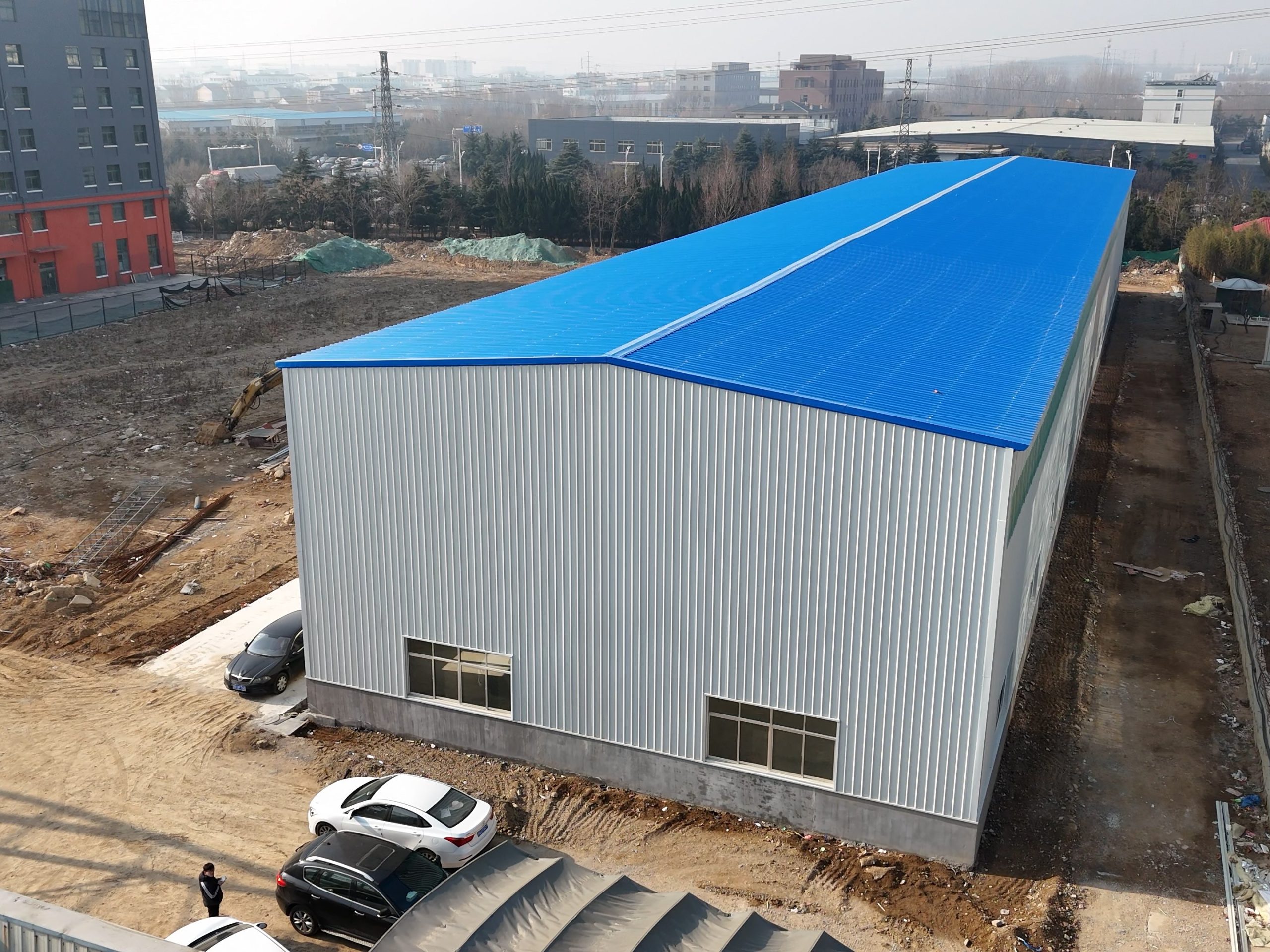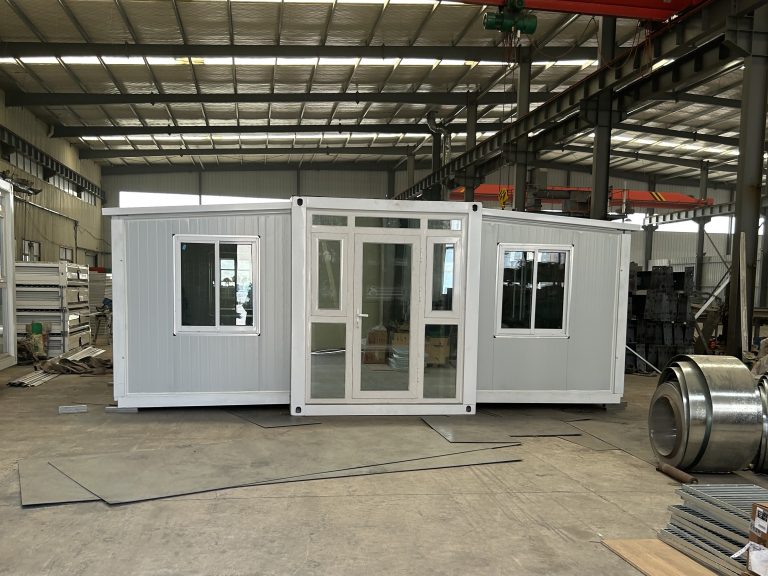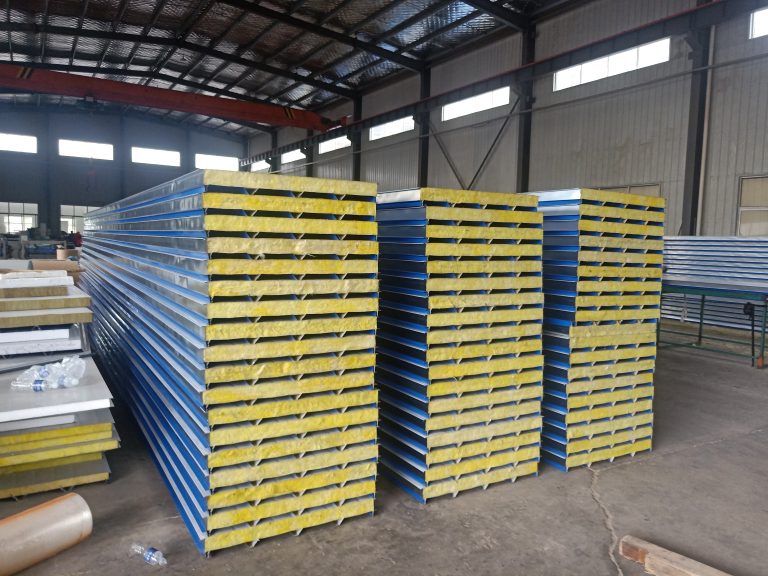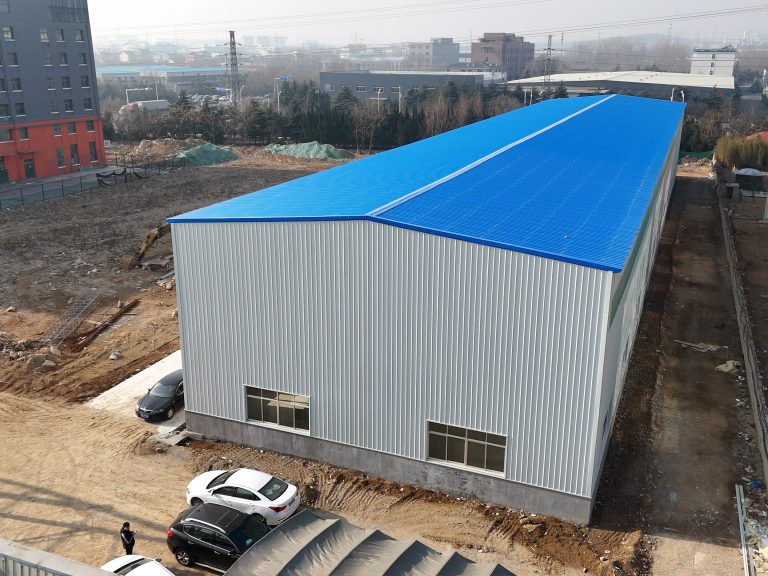Table of Contents
Advantages of Ultrasonic Testing Technology in Steel Structure Inspection
Ultrasonic testing technology has become an essential tool in the inspection of steel structures due to its numerous advantages. This non-destructive testing method uses high-frequency sound waves to detect flaws or defects in materials, making it a valuable technique for ensuring the integrity and safety of steel structures.
One of the key advantages of ultrasonic testing technology is its ability to provide accurate and reliable results. By sending ultrasonic waves through a material and measuring the time it takes for the waves to bounce back, technicians can determine the thickness of the material, detect cracks, voids, or other defects, and assess the overall condition of the structure. This level of precision allows for early detection of potential issues, preventing costly repairs or failures down the line.
Furthermore, ultrasonic testing technology is non-invasive, meaning it does not require the destruction or alteration of the material being tested. This makes it an ideal method for inspecting steel structures without causing any damage, allowing for thorough and comprehensive evaluations without compromising the integrity of the structure. Additionally, the portability and ease of use of ultrasonic testing equipment make it a convenient and efficient tool for on-site inspections, reducing downtime and minimizing disruptions to operations.
Another advantage of ultrasonic testing technology is its versatility in detecting a wide range of defects in steel structures. Whether it is surface cracks, internal voids, or corrosion, ultrasonic testing can identify and locate these issues with high accuracy. This comprehensive approach to inspection ensures that all potential problems are identified and addressed, leading to improved safety and reliability of steel structures.
In addition to its accuracy and versatility, ultrasonic testing technology is also a cost-effective solution for inspecting steel structures. By providing detailed and reliable results in a timely manner, this method helps to streamline the inspection process and reduce the need for costly repairs or replacements. This proactive approach to maintenance and monitoring can ultimately save time and money in the long run, making ultrasonic testing a valuable investment for ensuring the longevity and performance of steel structures.
Overall, the advantages of ultrasonic testing technology in steel structure inspection are clear. From its accuracy and reliability to its non-invasive nature and cost-effectiveness, this method offers a comprehensive and efficient solution for detecting defects and ensuring the safety and integrity of steel structures. By utilizing ultrasonic testing technology, engineers and technicians can confidently assess the condition of steel structures, identify potential issues, and implement timely and effective maintenance strategies to prolong the lifespan and performance of these critical assets.
Best Practices for Implementing Ultrasonic Testing in Steel Structure Maintenance
Ultrasonic testing technology has become an essential tool in the maintenance and inspection of steel structures. This non-destructive testing method uses high-frequency sound waves to detect flaws or defects in materials, making it a valuable technique for ensuring the structural integrity of steel components. In this article, we will explore the principles of ultrasonic testing and its application in the maintenance of steel structures.
Ultrasonic testing works by sending ultrasonic waves through a material and measuring the time it takes for the waves to reflect back. By analyzing the time delay and amplitude of the reflected waves, technicians can identify defects such as cracks, voids, and corrosion within the material. This allows for early detection of potential issues before they escalate into more serious problems, ultimately extending the lifespan of steel structures.

One of the key advantages of ultrasonic testing is its ability to provide accurate and reliable results without causing damage to the material being tested. This makes it an ideal method for inspecting steel structures, as it allows for thorough examination of critical components without compromising their structural integrity. Additionally, ultrasonic testing can be performed on a wide range of steel materials, including plates, pipes, and welds, making it a versatile tool for maintenance and inspection purposes.
When implementing ultrasonic testing in steel structure maintenance, it is important to follow best practices to ensure the effectiveness of the testing process. This includes proper training for technicians, calibration of equipment, and adherence to industry standards and guidelines. By following these best practices, organizations can maximize the benefits of ultrasonic testing and ensure the safety and reliability of their steel structures.
In addition to detecting defects, ultrasonic testing can also be used to measure the thickness of steel components. This is particularly important in the maintenance of pressure vessels, pipelines, and other critical infrastructure, where accurate thickness measurements are essential for ensuring the structural integrity of the system. By regularly monitoring the thickness of steel components using ultrasonic testing, organizations can identify potential corrosion or erosion issues and take proactive measures to address them before they compromise the safety of the structure.
Another application of ultrasonic testing in steel structure maintenance is the detection of weld defects. Welds are critical components in steel structures, as they are often the weakest points where defects can occur. By using ultrasonic testing to inspect welds, technicians can identify issues such as lack of fusion, porosity, and cracks, allowing for timely repairs and maintenance to prevent structural failures.
Overall, ultrasonic testing technology plays a crucial role in the maintenance and inspection of steel structures. By providing accurate and reliable results without causing damage to the material, ultrasonic testing allows organizations to identify defects, measure thickness, and inspect welds with precision and efficiency. By following best practices and guidelines for implementing ultrasonic testing, organizations can ensure the safety and reliability of their steel structures for years to come.






